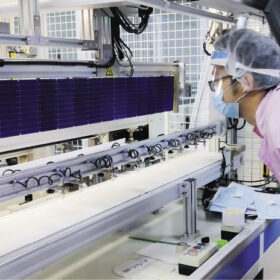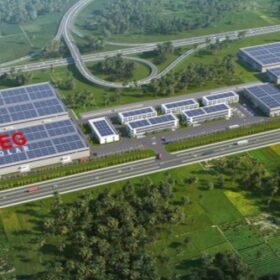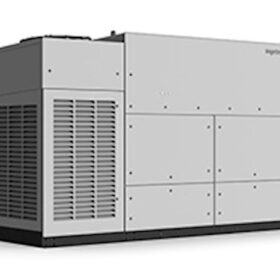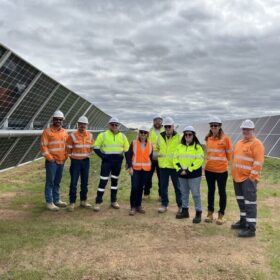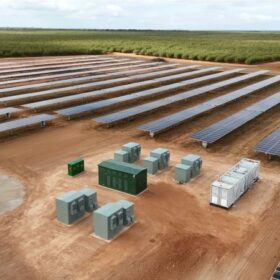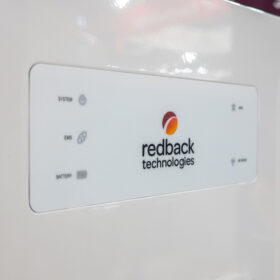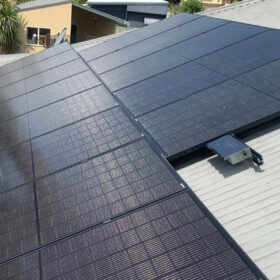China’s solar dominance set to continue amid price slide
With solar module oversupply triggering a price freefall in 2023 and no recovery in sight, market consolidation, inventory pile-up, technology shifts, and challenges to reshoring PV manufacturing are set to affect all levels of the solar supply chain.
DAH Solar launches 380 W BIPV module
The Chinese manufacturer said the new product has an efficiency of up to 19.46% and a temperature coefficient of -0.30% per C. It is available in bright red, light gray, brown, green, blue-green, orange, and ocean blue.
US module maker signs deal to build mega factory in Indonesia
United States-headquartered module maker SEG Solar has struck a deal for the development and operation of a PV manufacturing facility on the Indonesian island of Java with a production capacity of 5 GW of silicon wafers, 5 GW of solar cells, and 5 GW of PV modules.
Ingeteam trots out ‘Australian first’ inverter tech at Aldoga Solar Farm
Renewable energy developer Acciona Energia has tapped fellow Spanish company Ingeteam to provide its power conversion and control technology for the 380 MW Aldoga Solar Farm being constructed in Queensland.
Budget tips $22.7 billion into Future Made in Australia initiative
The federal government will invest $22.7 billion in its Future Made in Australia initiative over the next decade to maximise the economic and industrial benefits of the international shift to net zero and support Australia to become a renewable energy superpower.
Victorian solar farm starts commissioning process
Italian energy giant Enel Green Power says the commissioning of the 93 MW Girgarre Solar Farm in central Victoria is now underway with the power plant expected to be fully operational early next year.
Weekend read: From Mumbai to Bondi
Economic cooperation between India and Australia may open doors for investment in clean energy technology but challenges still abound in a competitive global market. Vibhuti Garg and Shantanu Srivastava, of the Institute for Energy Economics and Financial Analysis, discuss the role that public funding and resource pooling could play in supporting manufacturing ambitions.
AGL delivers solar-powered microgrid for farming operation
AGL Energy has completed the installation of a solar-powered microgrid featuring a 5.4 MWh battery energy storage system that is to support the transition of a New South Wales commercial orchard’s operations from diesel to renewables.
Redback Technologies exits voluntary administration
Australian battery and inverter manufacturer Redback Technologies has exited voluntary administration and is now under the control of new owners Australia Ebon Group.
Catch Power adds software with Solar Analytics acquisition
Energy management hardware specialist Catch Power has acquired solar monitoring platform Solar Analytics in a move it says will deliver the largest single advanced rooftop solar control and monitoring company in Australia.
